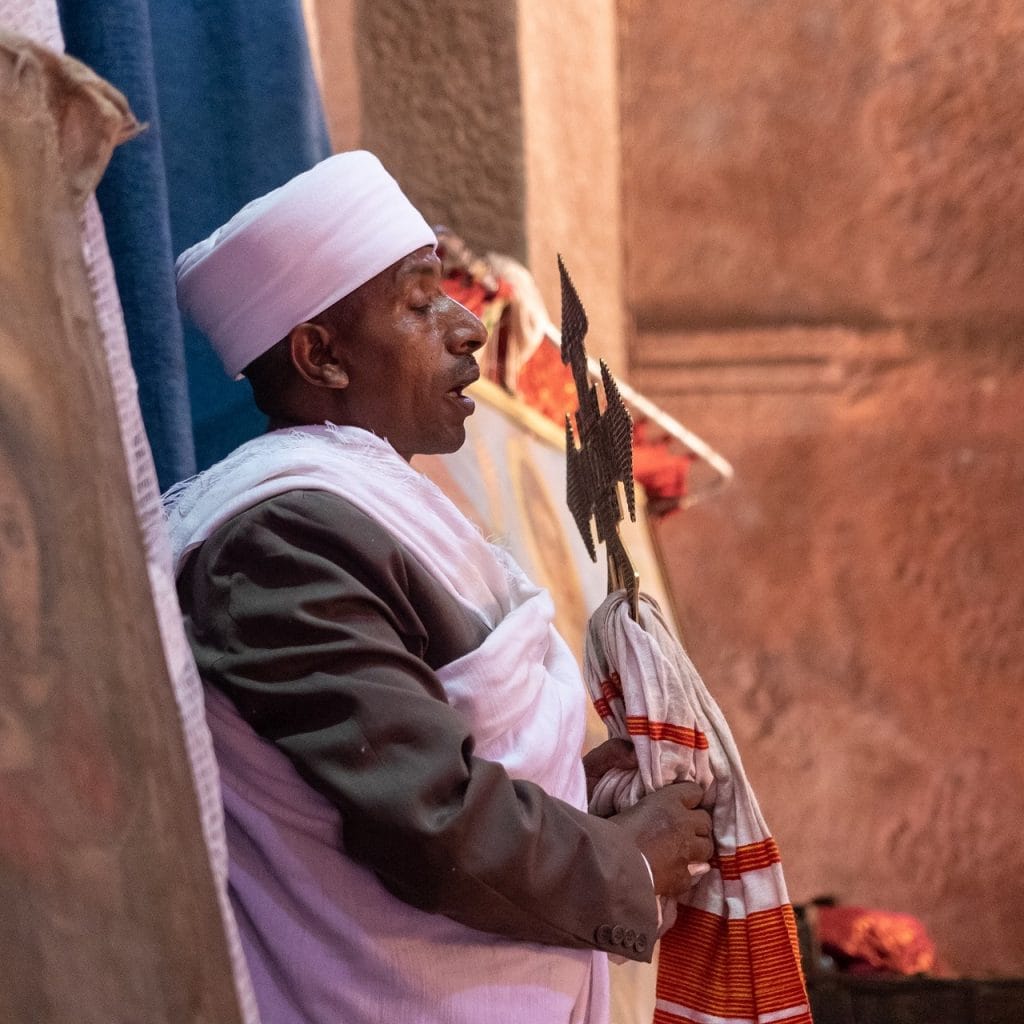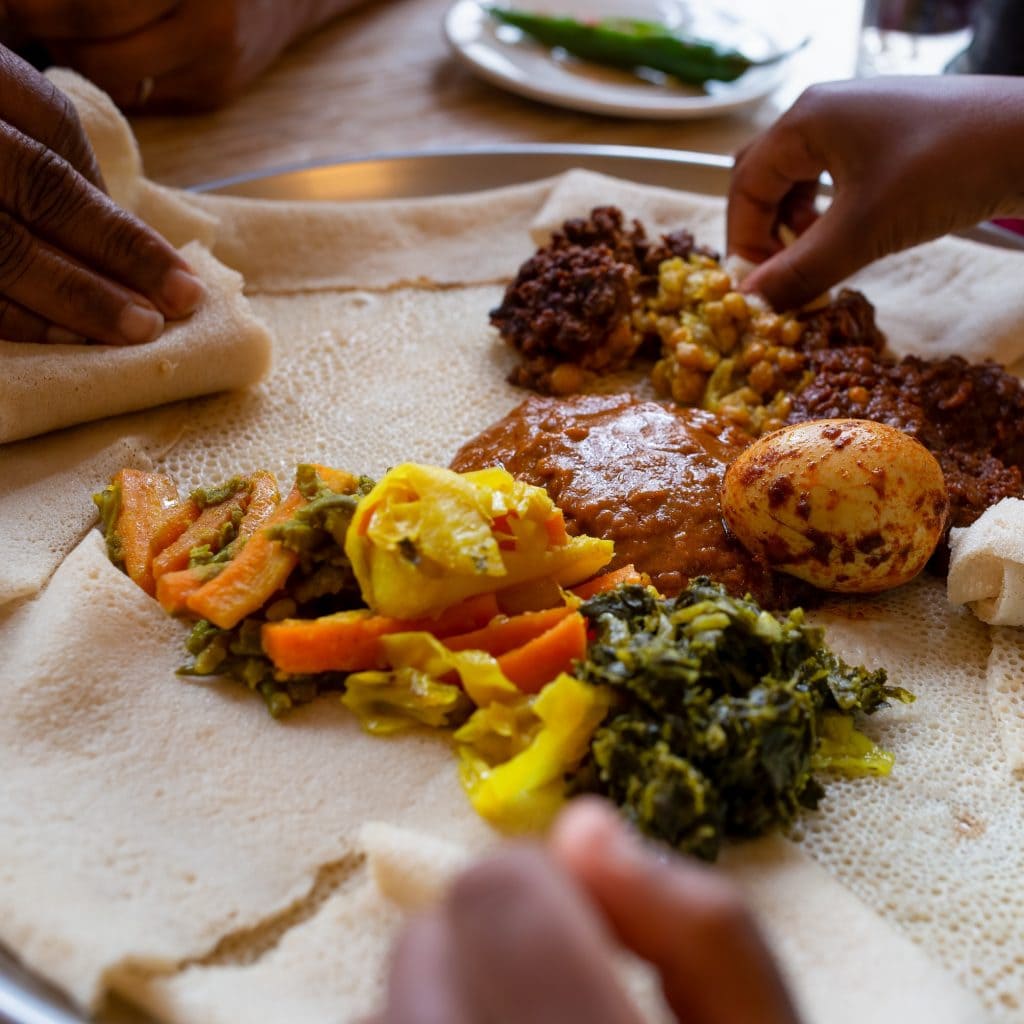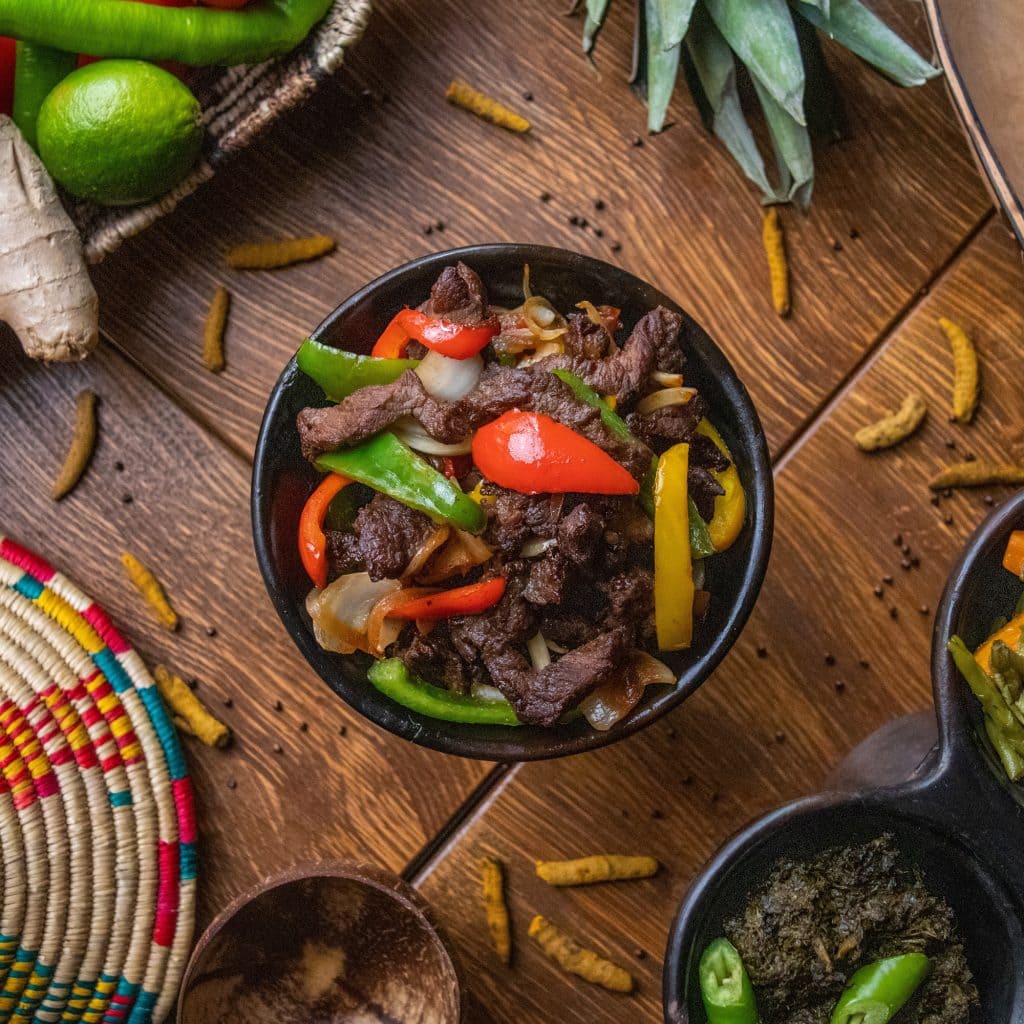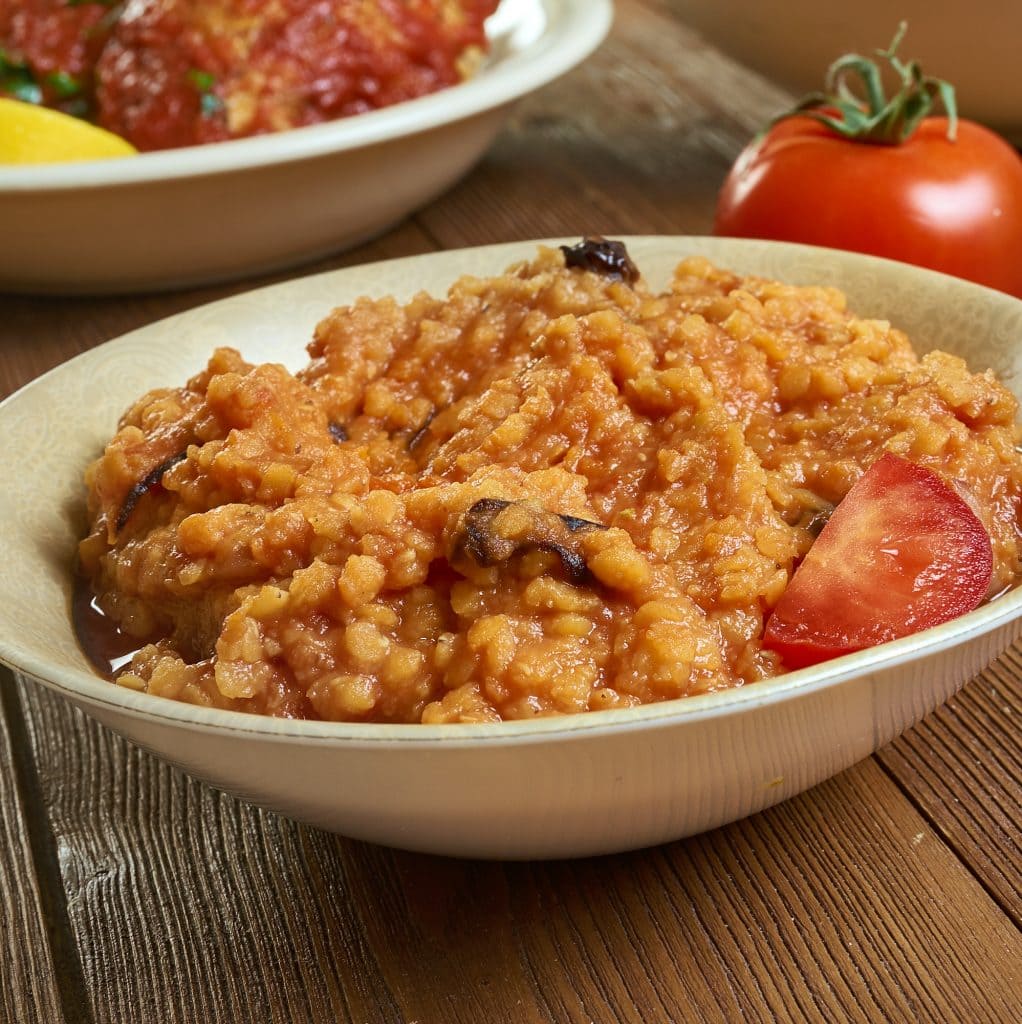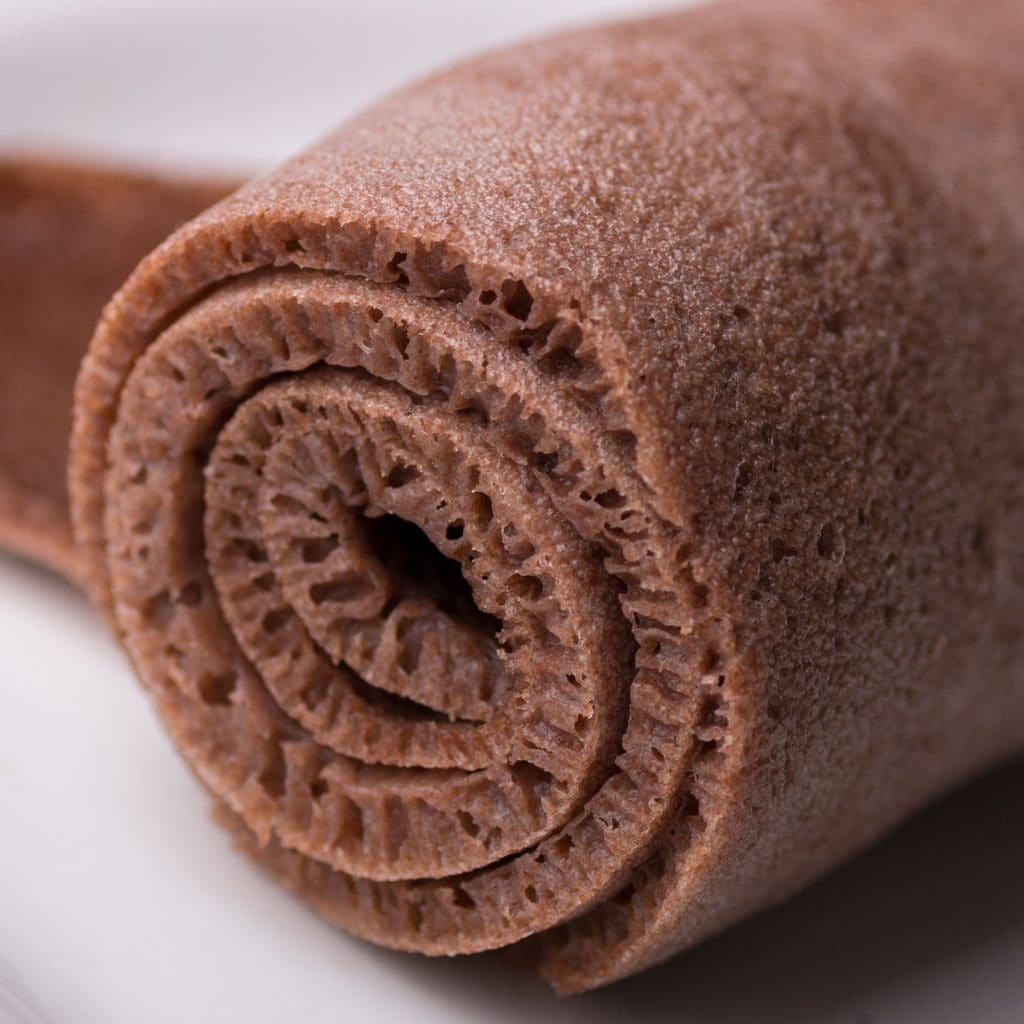The Birthplace of Coffee

Coffee Ceremonies
The Cradle of Early Mankind
Religious Influence on Culinary Culture
Two organized religions dominate the population and coexist: Christianity and Islam. The Ethiopian Orthodox Church (locally called Tewahedo) is one of the oldest denominational Christian bodies in the world. Islam arrived in the country somewhere during the 7th century CE.
Influence of each religion on the national culture is strong; both have specific federally-recognized holidays in emphasis of religious freedom. Orthodox Church members are required to fast around 250 days of the year; yet some strict Ethiopians will fast from meat and dairy products for up to 50 days! Thus, due to meat-abstaining mandates found in both presiding belief systems, Ethiopia is an excellent location for vegetarians and vegans.
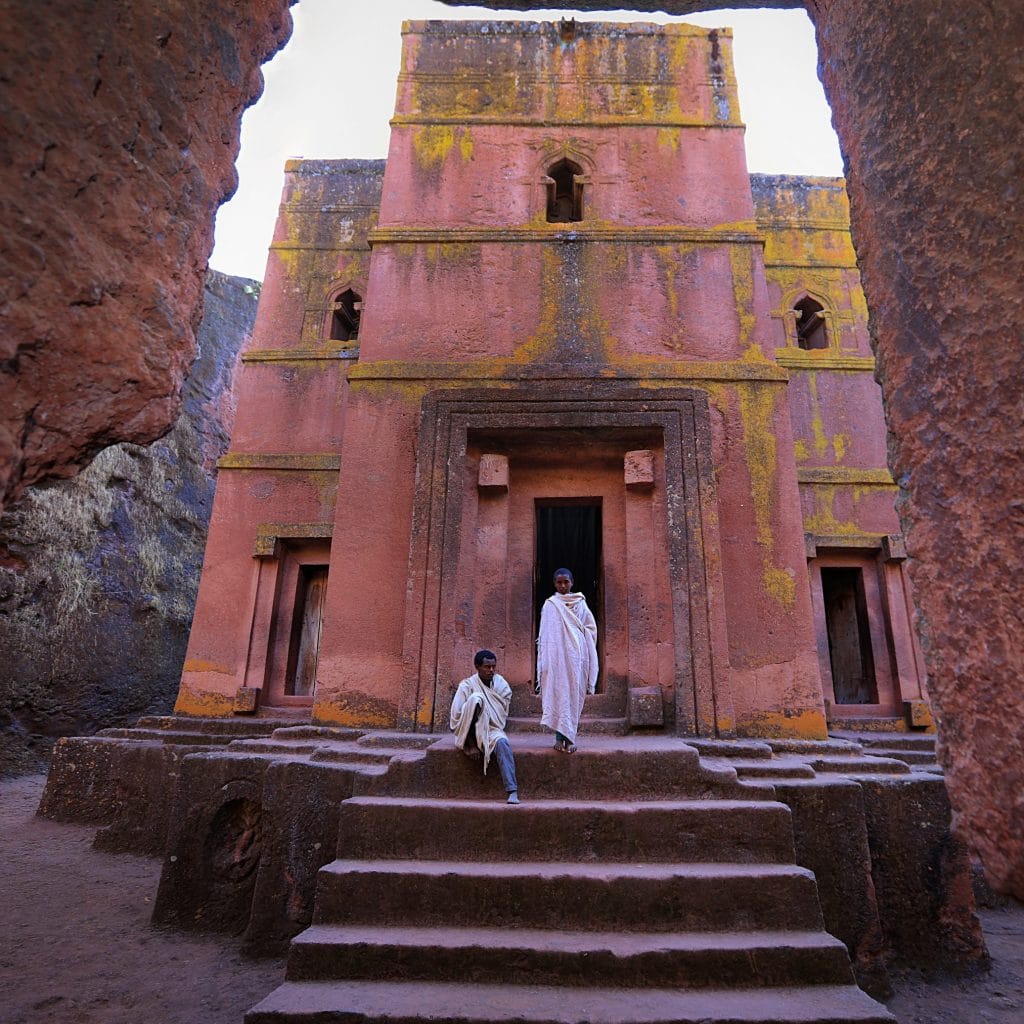
Lalibela
Lalibela, in the mountainous region in northern Ethiopia, was built in the 13th century. The city consists of eleven churches, each carved by hand out of a single large rock, including detailed doors, windows, columns, various floors, and roofs.
All churches are connected by an extensive system of trenches. ‘Biete Ghiorgis’ (House of St. George) is the best known church, structured in the shape of a Greek Orthodox cross. The eleven churches are declared a UNESCO World Heritage Site.
Stews and platters
Combining rich, notable culinary elements from Asia, the Middle East, and Mediterranean, Ethiopian food is incredibly unique. Eating is a social event as evident by the usual mixed platter.
Meat platters (maheberawi) include different stewed foods like tibs (spiced, stir-fried lamb, beef, or goat) and kitfo (raw ground beef), among many.
Vegetarian platters (yetsom beyaynetu) include many lentil, spicy tomato, or split-pea stews (misr wot, alecha kik, etc).
Injera Bread from Teff Flour
Omnipresent is injera bread, a bed for the platter made with an ancient grain, teff, indigenous to the country.
Teff flour is mixed with water and wild yeast, left to ferment for a few days, and baked. Acting as both a plate and utensil, injera provides a tangy bite of flavor to complement the hearty spices of Ethiopian cuisine.

